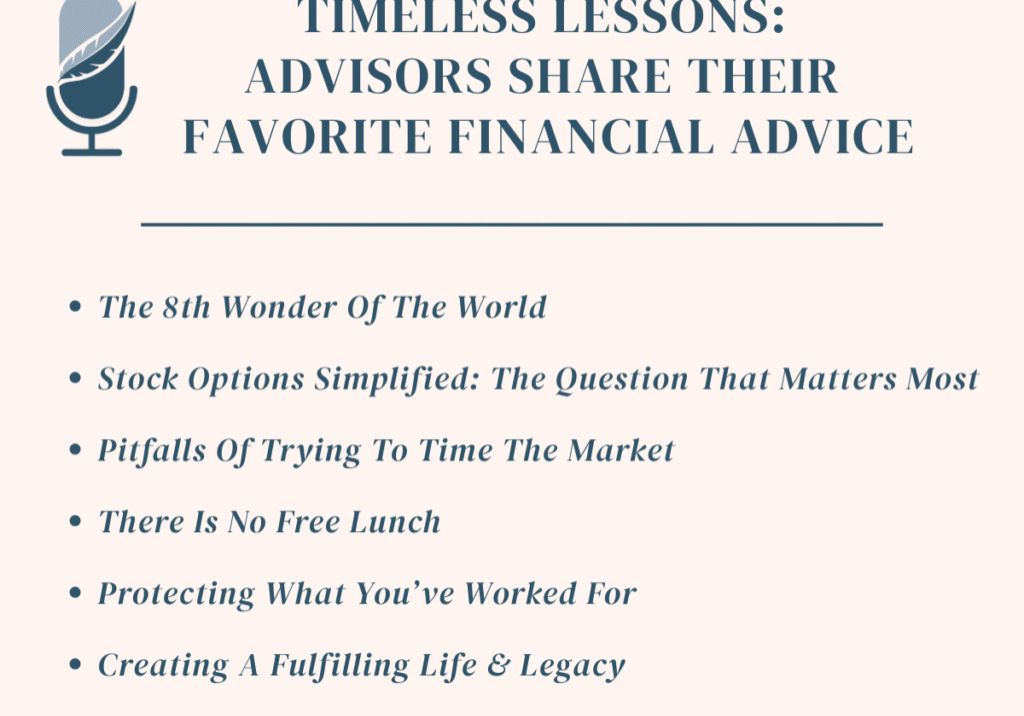Who’s Giving, Where It’s Going and How Families Can Engage
Philanthropy has evolved in recent years, reflecting broader social, economic and technological shifts. Today, giving is more than just supporting a cause; it is about fostering societal change, making an impact and aligning with personal values. The landscape of who is giving and where donations are going has also shifted, with new approaches to charitable giving taking center stage. Below we will explore some of these emerging trends and provide practical ideas for families seeking to incorporate philanthropy into their financial planning.
Who’s Giving: A Changing Donor Landscape
Historically, large-scale giving has often been associated with the ultra-wealthy and corporations, but recent trends highlight broader participation in charitable activities across various demographics.
Millennials and Gen Z
Younger generations are increasingly influencing the philanthropic space. Millennials, now well-established in their careers, and Gen Z, just entering the workforce, prioritize giving to organizations aligned with their own social, economic and environmental causes.1 Their donations are often smaller but more frequent, with a preference for transparency and accountability in organizations.2
Women as Philanthropic Leaders
Women, particularly in high-net-worth families, are playing a more prominent role in directing charitable efforts via their time, talents and resources. Research shows that women tend to focus their donations to fewer recipients to make a larger impact.3 More and more, women are leaning further into the philanthropic causes they support, whether that be through sharing their giving aspirations within their community or joining a board.
The Continued Rise of Donor-Advised Funds (DAFs)
DAFs have become increasingly popular4, especially for families looking to manage their giving more strategically. In 2022, DAFs made up one-half of the top 20 largest recipients of charitable gifts.5 DAFs allow individuals to make a charitable contribution, receive an immediate tax benefit and recommend grants from the fund over time. We believe this trend is particularly prevalent among families and individuals seeking to maximize both financial impact and financial flexibility.
Where Donations Are Going: Shifting Priorities
Giving to most sectors has continued to increase in recent years, with foundations and religious organizations attracting the highest level of donations.6 However, as societal values change, so do the causes that receive the most attention and funding.
Education and Literacy
Recent trends in charitable giving show a significant increase in donations toward education and literacy.2,6 Donors are prioritizing initiatives that enhance access to quality education, improve literacy rates and close educational gaps, particularly in underserved communities worldwide.
Disaster Relief, Climate Change and Environmental Causes
Environmental concerns are front and center for donors, with more individuals and institutions supporting sustainability and climate-related initiatives.2,6 From reforestation projects to carbon capture technologies, donors are increasingly prioritizing environmental conservation and climate mitigation efforts.
Public Societal Benefits and Human Services
Charitable giving toward public societal benefits has likewise risen, with donors prioritizing causes like civil rights, community development and public policy reform.2,6 Increased awareness of social justice issues, economic disparities and environmental challenges has driven support for initiatives that foster societal progress, equity and stronger, more resilient communities through advocacy and action.
Philanthropic Planning: Ideas for Families
Incorporating philanthropy into your family’s financial plan is not just about writing checks—it is about strategic planning, engagement and legacy-building. Here are a few ideas for families interested in giving back while optimizing their financial landscape.
Set Up a Family Foundation or DAF
Families with significant wealth may benefit from setting up a private family foundation or opening a DAF. A family foundation allows for greater control over where funds are directed, and it can be an excellent way to engage multiple generations in philanthropy. DAFs provide a flexible and tax-efficient way to donate, offering the potential for long-term growth of charitable assets while simplifying the logistics of giving.
Create a Charitable Giving Budget
Just as families budget for retirement, education and vacations, creating a charitable giving budget can help ensure that philanthropic goals align with overall financial objectives. This can include annual contributions, one-time gifts for special causes, or planned giving strategies, such as gift annuities, that extend into the future.
Involve the Next Generation
Engaging children and grandchildren in charitable activities not only teaches the importance of giving back but also encourages stewardship and shared values. Families can hold meetings to discuss causes important to each member, decide on donations together or volunteer as a group. This not only strengthens family bonds but also helps ensure the continuation of charitable values across generations.
Optimize Tax Strategies
Philanthropy can play an important role in reducing tax liabilities. Families may consider gifting appreciated stock or real estate to charities, which can avoid capital gains taxes. Additionally, for families planning estate transfers, charitable trusts such as Charitable Remainder Trusts (CRTs) or Charitable Lead Trusts (CLTs), can offer a way to support causes while achieving estate tax benefits.
Giving Time as Well as Money
For families that may not have substantial financial assets but still want to contribute meaningfully, donating time and expertise can be just as impactful. Volunteering at local nonprofits, providing pro-bono services or joining boards of charitable organizations are ways to give back that can create deep, long-lasting relationships within the community.
Many Ways to Make a Difference
Philanthropy today reflects the values of a more interconnected, socially conscious and technologically advanced world. For families, incorporating philanthropy into financial planning not only offers the opportunity to make an impact but also strengthens family bonds and leaves a lasting legacy. Whether through strategic financial vehicles, engaging the next generation or embracing technological advancements, there are many ways families can contribute to the causes they care about in meaningful and impactful ways.
At Heritage Financial, our teams incorporate charitable giving, tax planning, and estate planning into financial plans so you can make the most of your hard earned dollars.
- [1]Kiplinger – In Philanthropy, Gen Z and Millennials Do It Their Way, May 26, 2023
- [2]CCS Fundraising – 2024 Philanthropic Landscape, 13th Edition, September 9, 2024
- [3]RBC Wealth Management – Giving More Than Money, How Women Are Changing Philanthropy, February 11, 2021
- [4]National Philanthropic Trust – DAF Report, December 31, 2023
- [5]Inequality.org – Ten Of America’s 20 Top Public Charities Are Donor Advised Fund, May 8, 2024
- [6]Giving USA – 2023 & 2024 Report, July 2, 2024



